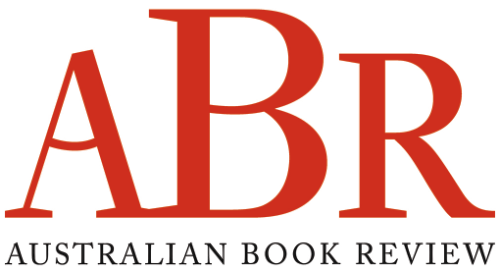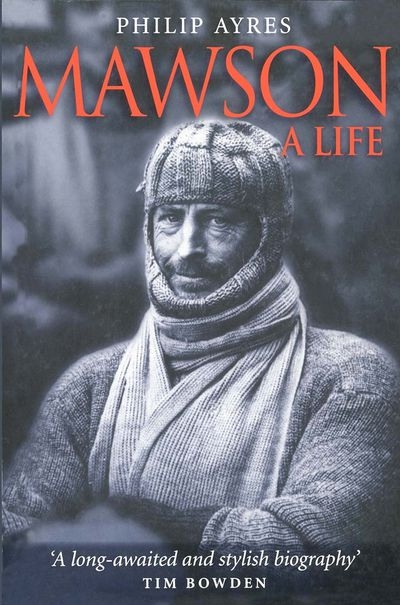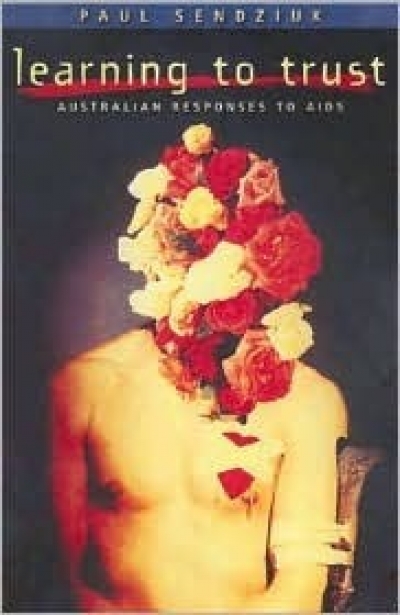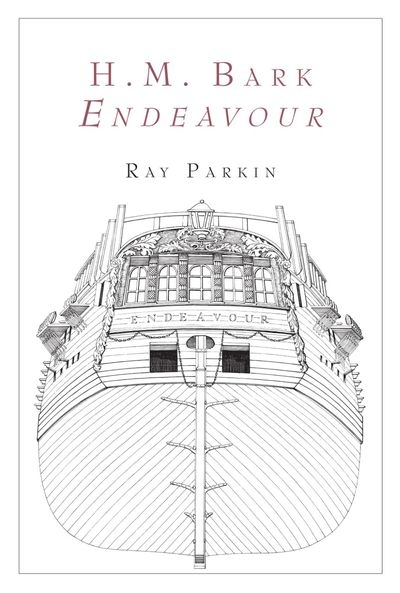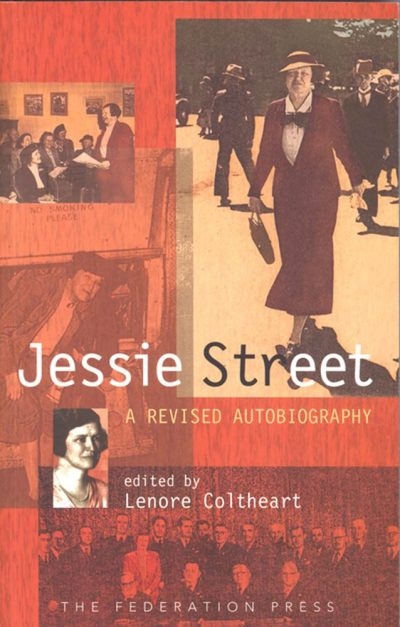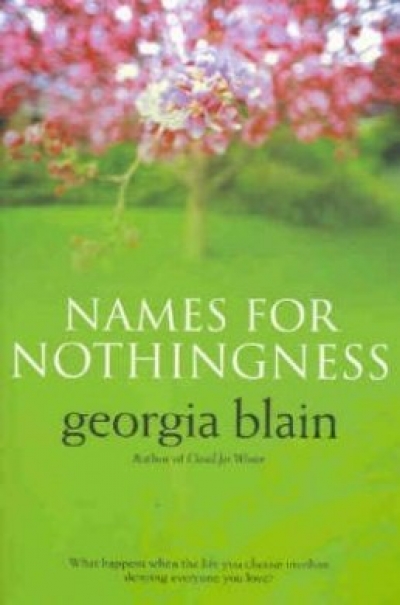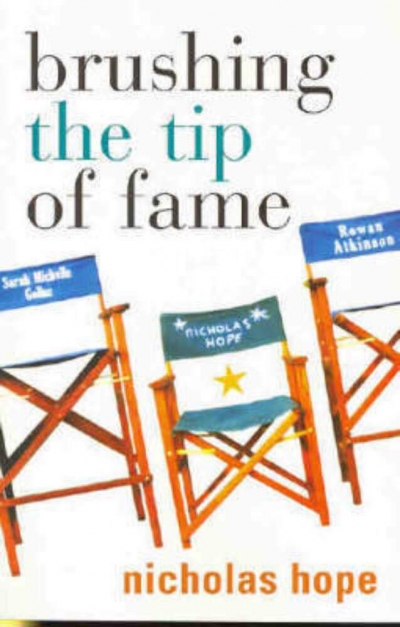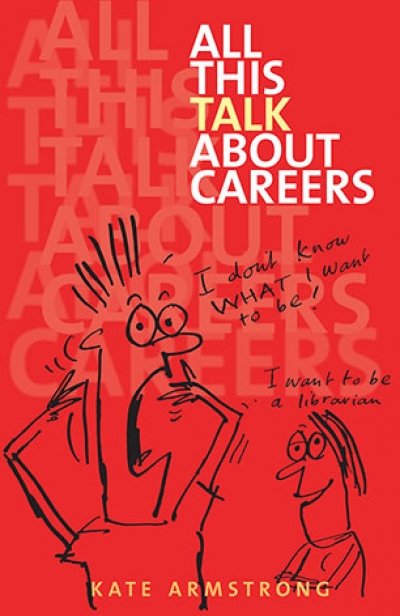Year 12 has become a year of vastly out-of-proportion significance and, according to Michael Carr-Gregg, the media, parents and, to a lesser extent, schools are to blame for the pressure on young students to achieve that all-important, life-determining ENTER score. Bunkum to those last two sentiments says Carr-Gregg, and so do I, having been through it twice with my children, and having taught first-year undergraduates for years, many of whom change courses or life trajectories when they are exposed to what tertiary education or the workforce can offer. In a book filled with research, anecdotes and practical information, CarrGregg provides students with sensible strategies for ignoring the hype and for getting on with managing a busy year in their lives. He addresses diet, relationships, drugs, exercise, managing stress, ‘smart’ studying tactics and approaches to exams in a manner that treats young people as capable and intelligent. A lively, conversational style, plus Tandberg’s witty cartoons, avert any preachy tone. Carr-Gregg advises parents to be supportive but to ‘bite their tongues’.
...
(read more)
